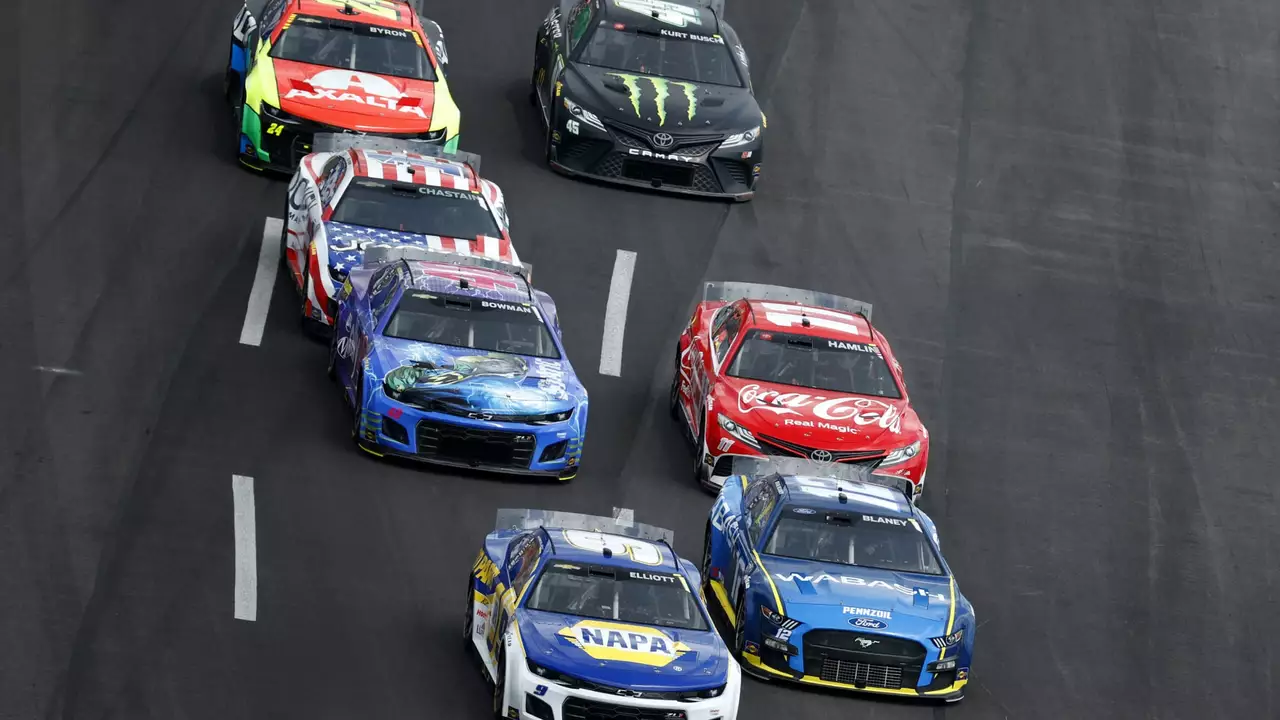Motorsports Comparison – What Sets NASCAR Apart from F1
If you love fast cars but aren’t sure whether NASCAR or Formula 1 suits your taste, you’re in the right spot. Both series roar around tracks, but the way they do it is worlds apart. Below you’ll find a straight‑to‑the‑point look at the biggest contrasts – from the machines themselves to the circuits they race on.
Car design: heavy stock vs lightweight hybrids
NASCAR cars start life as production‑based sedans. They’re built with a steel tube frame, weigh around 3,400 lb, and rely on big V8 engines that churn out roughly 750 horsepower. The focus is on raw power and durability, not on cutting‑edge aerodynamics. By contrast, an F1 car is a purpose‑made carbon‑fiber masterpiece that weighs under 1,600 lb. Its hybrid power unit combines a turbocharged V6 with electric motors, pushing over 1,000 horsepower while extracting every ounce of downforce from sleek wings and under‑body tunnels. The result? A NASCAR stock car feels like a heavyweight boxer, while an F1 car is a feather‑light sprinter.
Tracks: ovals vs global circuits
NASCAR loves ovals. Most races happen on 1‑ to 2‑mile banked tracks where drivers spend most of the time turning left at high speed. The layout means drafting – staying close behind another car to reduce wind resistance – is a core skill. F1, on the other hand, tours the world on a mix of street circuits, historic tracks and purpose‑built venues. You’ll see tight hairpins at Monaco, fast sweepers at Monza, and altitude challenges at Mexico City. This variety forces teams to tweak aerodynamics, gearing and tyre strategy for each event, making every Grand Prix feel fresh.
Rules and strategy also diverge sharply. NASCAR limits modifications, so teams work within a tighter rulebook, focusing on pit‑stop efficiency and tyre wear. Pit stops last 12‑15 seconds, and crews change four tyres in a single motion. F1 pits are a ballet of 20‑plus mechanics swapping front and rear tyres in under three seconds while adjusting front‑wing angles. In addition, F1 imposes strict fuel limits and hybrid energy management, forcing drivers to balance outright speed with energy recovery.
Because the cars behave so differently, driver skill sets vary. NASCAR champions excel at close‑quarter racing, managing long green‑flag runs and mastering the art of “bump‑drafting.” F1 stars need razor‑sharp precision, extracting performance from a car that reacts instantly to the slightest steering input. Both demand mental stamina, but the type of concentration differs – endurance on ovals versus rapid decision‑making on twisty circuits.
At Fenn Motorsports Hub we break down these contrasts and more, helping you decide which series fuels your passion. Whether you’re drawn to the thunderous roar of a NASCAR stock car or the sleek whisper of an F1 hybrid, the key is understanding what makes each world tick.
Ready to dig deeper? Browse our other comparison posts, check out race highlights, and join the conversation. The faster you learn the differences, the more fun the races become.

In my exploration of the racing world, I've found that NASCAR and F1 racing are quite different. While both are motorsports, they differ greatly in terms of car design, regulations, and race tracks. NASCAR vehicles are heavier and less technologically advanced than the lightweight, high-tech F1 cars. The races themselves also differ, with NASCAR mostly involving oval tracks and F1 featuring a variety of circuit types. Finally, the rules and strategies used in each sport are unique, making each race an exciting, distinct experience.
Read More